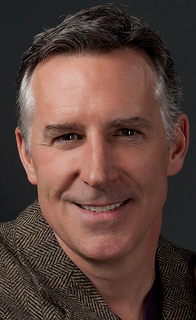A Word to the Wise about Wisdom Teeth
July 14th, 2021

There are some pretty exciting rewards to look forward to as you transition from your mid-teens to your 20s. Driving! Voting! Graduation! But there is one rite of passage that you might not be looking forward to quite so much: getting your wisdom teeth. What are wisdom teeth? When are they a problem? And, most important, how can Dr. Bill Whitley help?
Children have 20 baby teeth that are replaced as they grow up with 32 adult teeth. The last to arrive are the four third molars more commonly known as wisdom teeth. But that “32” number is a little flexible. Some people never develop wisdom teeth at all. You can stop reading here if you are one of this carefree group. The rest of us have from one to four wisdom teeth. Some people have enough room in their mouths to accommodate wisdom teeth without affecting the alignment of their other teeth or their bite. But for many of us, wisdom teeth extraction is often the best and healthiest option.
When do wisdom teeth become a problem? Most generally, when there is simply no room for them to erupt properly. As a result, the wisdom teeth become “impacted.” An impacted tooth can cause you trouble in a number of different ways.
- Completely Impacted Tooth
Some wisdom teeth never erupt at all, staying within the jawbone. If there are no problems with these teeth, your dentist might recommend leaving them in place. If your other teeth become crowded or otherwise affected, if cysts develop, or if other complications arise, these teeth should be extracted. Even if you are symptom free, regular exams and X-rays at our Dallas office are important for monitoring the condition of impacted wisdom teeth to make sure they remain problem-free.
- Partially Erupted Tooth
A wisdom tooth can also begin to erupt, but never break completely through the gum tissue. The tooth and gum area can’t be cleaned properly, trapping food particles and bacteria. The gums can become easily irritated and even infected, and these teeth are much more prone to decay. When infection and rapid decay are present, extraction is often considered the best treatment option.
Dr. Bill Whitley might be the first to mention your wisdom teeth at your regular checkup, or you might be surprised to see a new tooth appearing while you are doing your nightly brushing and flossing. Impacted wisdom teeth can be symptom-free, or may present with pain, redness, swelling, or bad breath. Whenever the first signs of wisdom teeth appear, it’s time to discuss your options.
Your dentist or oral surgeon is your best resource for helping you decide on the wisest course of action for your wisdom teeth, whether it’s extraction or regular monitoring. After all, transitioning to adulthood is even more rewarding with a beautiful healthy smile.


